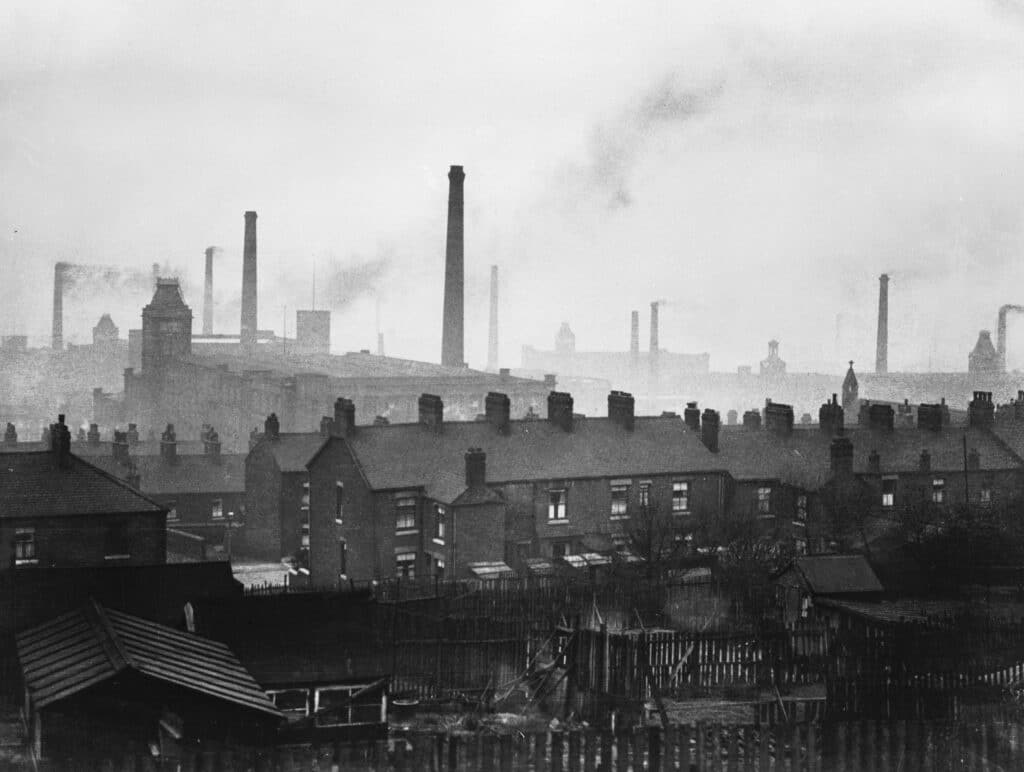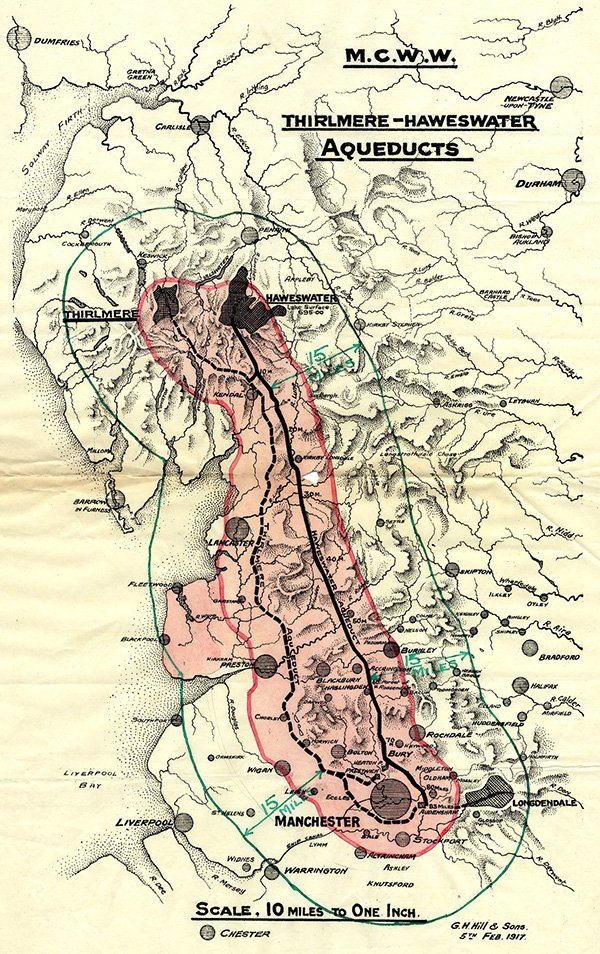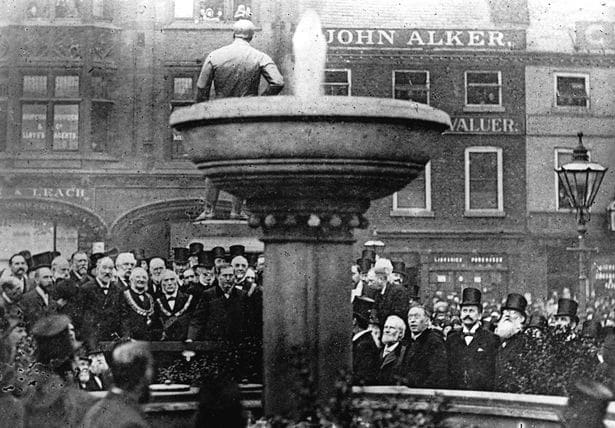The Thirlmere Aqueduct is a significant engineering achievement. Operating for over a century the 153km aqueduct continues to play a vital role today in supplying water to millions of people in Manchester and surrounding areas.
During the early 19th century, Manchester gained worldwide recognition for its thriving textile industry which rapidly turned the once small market town into a dominant industrial force. However, Manchester’s economic expansion came hand in hand with environmental deterioration, with a lack of clean water supply at the root cause.

Ironically, factories, which relied on a substantial amount of pure water to operate, would dispose of gallons of contaminated water and waste into the rivers. By 1851, Manchester had sourced water from Longendale in the Peak District, however, this supply would only reach manufacturers and middle-class suburbs.
By the late 1860s, the demand for water in Manchester had far surpassed the supply from Longdendale. However, engineer John Frederic Bateman proposed an idea to tackle the demand for clean water for all in Manchester.
Bateman devised an innovative plan to construct a reservoir at Thirlmere in the Lake District and transport the water to Manchester through a 96-mile, gravity-powered aqueduct. The height of Thirlmere and lack of contamination made it a perfect solution.

In 1894, the remarkable feat of Victorian engineering was completed after an eight-year project that involved over 3,000 workers. The arrival of water from Thirlmere was celebrated in Albert Square, where it sprung from the specially constructed ceremonial fountain.

Thirlmere is the longest gravity-fed aqueduct of its kind in Britain and does not require any pumps along the route. The water flows at a rate of approximately 6km per hour and takes a little over a day to arrive in the city.
More than a century later the Thirlmere Aqueduct is still carrying up to 220 million litres of water along its 96-mile stretch from the Lake District.
References
